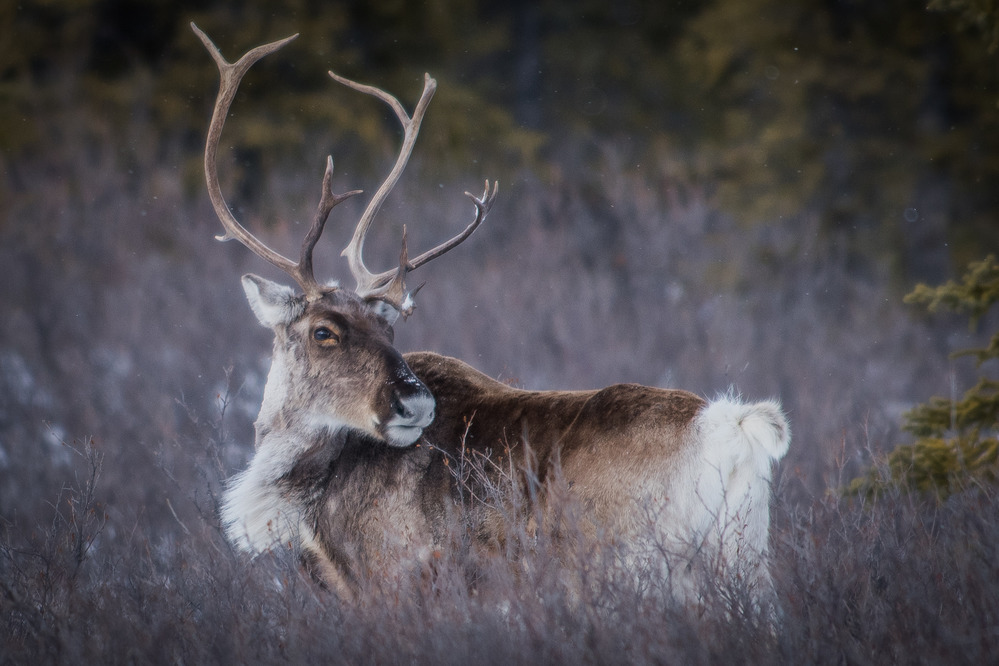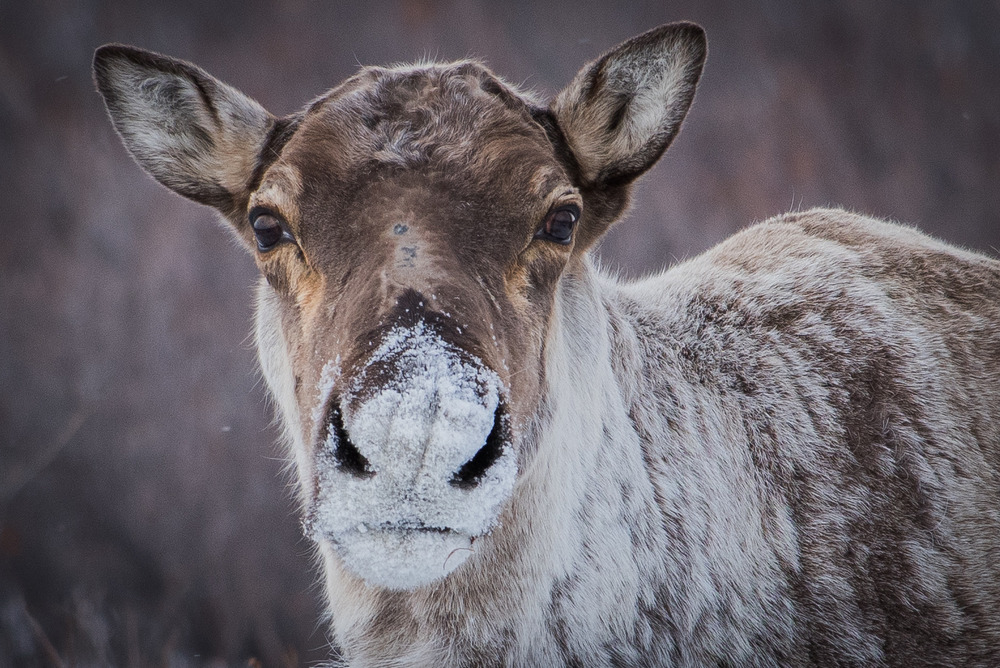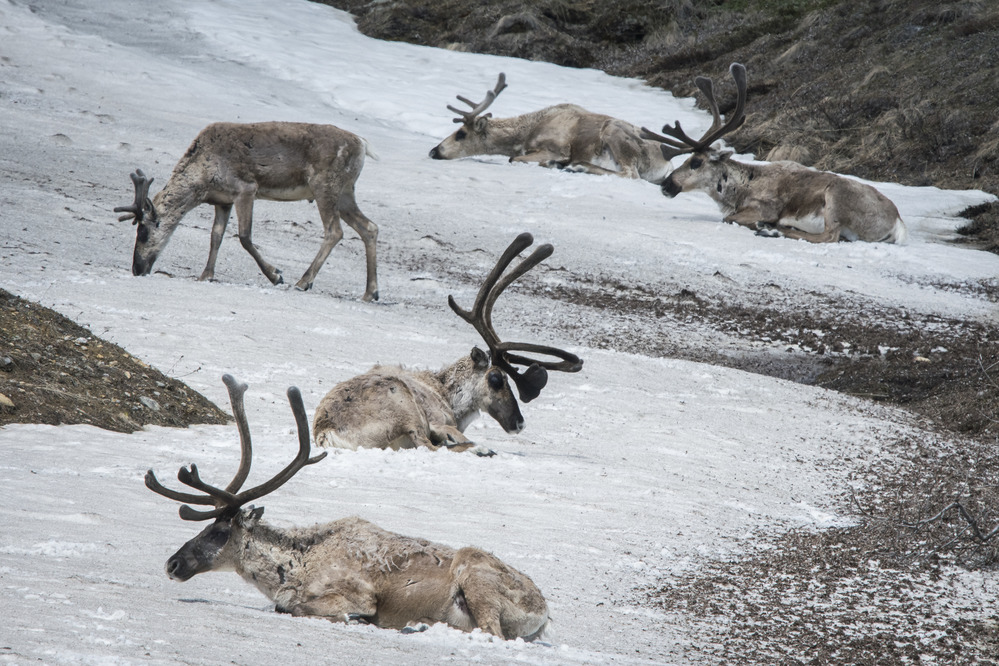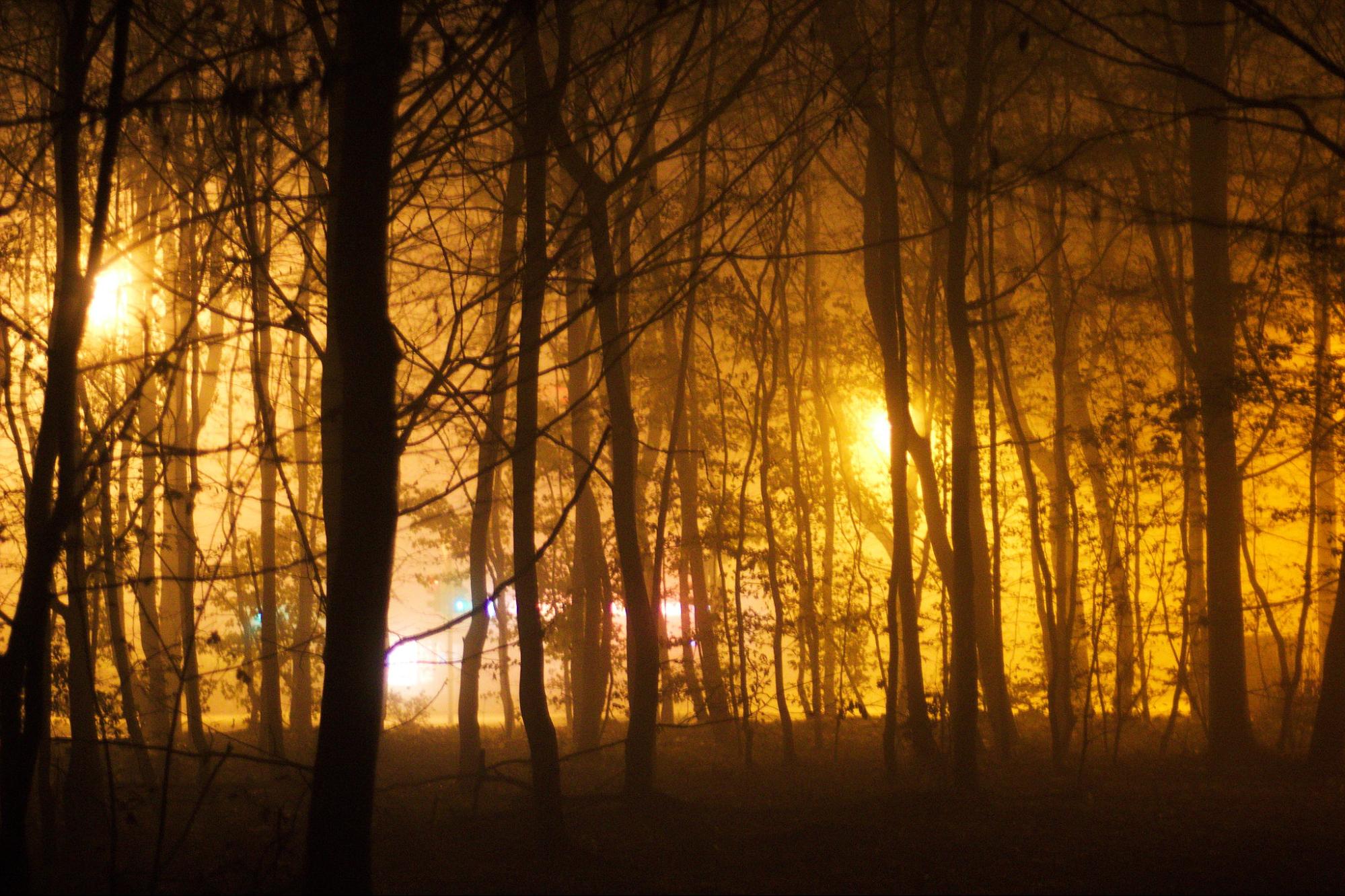Will the lesson of the American Bison be enough to save the Caribou?
A tragedy that we swore would never happen again, is happening right now. The caribou are going the way of the American bison and our bathroom preferences are having something to do with it.
A tragedy that we swore would never happen again, is happening right now. The caribou are going the way of the American bison and our bathroom preferences are having something to do with it.
Most people are familiar with the tragedy of the American bison. It’s the story of how the once great herds of these magnificent animals were reduced to minuscule numbers. The population of bison went from approximately 30 million before European settlement to around 1,000 in the 1800s. Help came just in time, and through protections of the animals and their habitat, the species was able to rebound from the brink.
We’d like to think that with our current environmental consciousness, such a tragedy couldn’t occur in modern times. Under this line of reasoning, we have learned from our mistakes and are more careful with how we manage and use natural resources that either come from animals or from their habitats. But, unfortunately, a similar tragedy is occurring right now, directly to the north of where the extinction of the American bison nearly happened.
We are witnessing the tragedy of the caribou.

Photo Credit: This and all photos are by Kent Miller for National Park Service, Public Domain
The story of the caribou has many parallels with the bison’s tale. Both are held sacred by indigenous people, both travel in massive flowing herds, and both have faced drastic reductions in population due to humans. For example, before the widespread expansion of industry into Canada’s boreal forest, the caribou populations were astounding.
Descriptions of the migratory herds, with some numbering up to hundreds of thousands in total, recall the imagery of the early American West, when buffalo existed in similar abundance. The range of the five North American subspecies of caribou stretched from Alaska’s Bering Sea coast to Labrador’s Atlantic Coast in Canada, and down to northern Idaho and Washington.
Sadly for the caribou, there is a big difference between them and the buffalo. Caribou herds no longer live in the continental U.S.
The extinction of the lower 48 states’ caribou population did not occur in the 19th century, when unregulated and expansive industry was changing the landscape of the American West. Nor did it happen before the 1970s, when the Endangered Species Act and other laws came into effect to protect our natural world and its dwindling inhabitants.
It happened last year.

The populations in Canada are in a similar dire situation as herds are rapidly declining, mainly from habitat destruction due to logging and other resource extraction. The protection of the boreal caribou does not lie solely with our neighbors to the north. Our consumer preferences have a big impact on the caribou’s habitat as well. Tissue products that are made out of forest fibers consist, in part, from wood pulp sourced from the Canadian boreal.
By continuing to purchase 100 percent virgin fiber toilet paper, we are quite literally wiping the caribou out of a home. There are plenty of alternative fibers and recycled papers that are not sourced from vital caribou habitat but can still be used in our toilet and paper towel products. Many of these products exist and are sustainable alternatives to brands that rely on boreal forests. A guide to what toilet paper and tissue products are the most sustainable and consequently have minimal impact on the boreal and caribou can be found in this chart from a Natural Resource Defense Council report.

From “The Issue with Tissue” (2019) by Jennifer Skene & Shelley Vinyard, NRDC
Clearcutting contributes to the decline of boreal populations in many different ways. For one, heavy machinery use drives caribou from their home and fragments their habitat. Segmented forests provide clear paths for wolves to hunt caribou more easily, decimating their populations even further.
Even restoring the forest after clearing it is not enough to help bring back caribou populations. Notably, caribou rely on lichen during the winter months as their main food source. These lichen only grow on mature trees rather than new growth. This is one of the reasons that caribou don’t return or respond well to restored forests.

The lesson of the American bison teaches us that we cannot take our natural world for granted. Focusing on the short term use of our resources can lead to the destruction of animal populations that take decades or even centuries to recover. The wounds of the bison are still healing, and we are inflicting the same damage on the caribou. The inhabitants of our world should not be flushed away, and there is no need to do it by decimating the valuable forests that caribou rely on.
Topics
Authors
Ian Corbet
Find Out More

Save Arizona’s oldest trees

The rise of sustainable guitars: How an industry is innovating to save our forests

21,622 Americans call on The Home Depot to protect our forests

